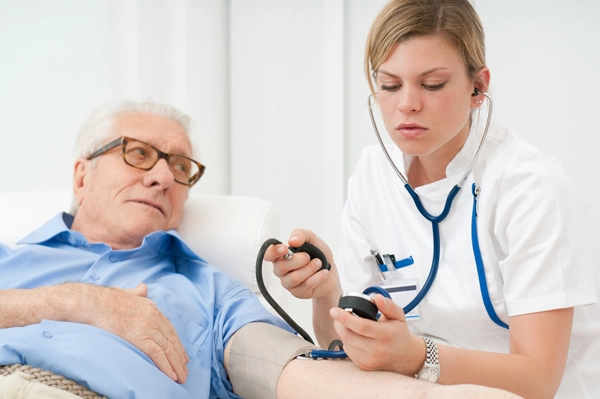In the event of a household burn, your actions in the first minutes can markedly influence the injury’s severity and recovery. Begin by removing the person from the source of heat—turn off the stove, blow out the candle, or unplug the iron—and make sure the surroundings are safe. Immediately run cool tap water (around 15°C) over the burned area for 15 to 20 minutes. Cooling the burn stops the heat process, limits tissue damage, and reduces pain. Avoid using ice or very cold water, as extreme cold can cause tissue damage and make the injury worse. If the burn is under clothing that has adhered, don’t pull fabric off; instead, carefully cut around the stuck material with scissors to avoid tearing the skin. Before the tissue swells, remove rings, bracelets, or watches near the area so they don’t constrict blood flow.
After cooling, gently pat the area dry with a clean cloth and cover it with a sterile non‑stick dressing or cling film to protect it from contamination and air. Don’t apply butter, oils, toothpaste, or other home remedies; these retain heat and increase infection risk. Over‑the‑counter burn gels may be used for small, superficial burns but consult a health professional if the burn covers a large area. Assess the burn’s depth and extent: first‑degree burns cause redness and mild pain; second‑degree burns form blisters and cause more intense pain; third‑degree burns may appear white, charred, or leathery and the area may be numb because of nerve damage. Burns larger than the size of the injured person’s palm or those affecting the face, hands, feet, joints, or genitals should be evaluated by a doctor. Call emergency services immediately if the victim has difficulty breathing, the burn is electrical or chemical, or if the person is very young, elderly, or has other health issues.
Once the immediate care is done, monitor the wound daily. For minor first‑degree burns, keep the skin moisturized using a fragrance‑free lotion or aloe vera gel to ease tightness. Change dressings every day with clean hands or disposable gloves. Watch for signs of infection: increasing pain, spreading redness, warmth, pus, swelling, or fever. Seek medical advice promptly if these occur. Encourage the person to drink water to prevent dehydration, and offer an appropriate pain reliever like acetaminophen or ibuprofen if needed. Keep tetanus vaccinations up to date, as burns can sometimes allow bacteria entry. Finally, practice prevention to reduce future incidents: supervise children in the kitchen, turn pot handles inward, use oven mitts, test bathwater temperature, keep hot appliances and liquids out of reach, and ensure smoke alarms and fire extinguishers are functional. Educating family members about fire safety and first aid can save lives.





